The nail bed, also referred to as the hyponychium, is the area at the base of the nail that provides vital structural support and nutrition to it. It is composed of a specialized layer of epithelial cells that aid in protecting and stimulating the growth of the nail plate. The nail bed has several important functions. It provides die needed physical support for the nail plate to remain in place, and it supplies nutrition which allows for the growth of the nail. It also plays a role in the sensation of touch and temperature. The nail bed is made up of four main layers. The eponychium, which is the layer at the base of the nail plate; the sterile matrix, which is the middle layer that produces new nail cells; the hyponychium, which is the tissue beneath the fold of the cuticle; and the perionychium, which is the layer of skin at the base of the nail. These layers work together to support the nail as it grows. The nail bed can be affected by various skin conditions such as psoriasis or eczema. Psoriasis is an autoimmune condition in which raised red, scaly lesions can form on the nail bed. This can lead to damage of the nail bed, which can cause pain, nail thickening, and cracking. Eczema is an inflammation of the skin that can cause the nail bed to become dry and cracked, leading to discoloration and splitting of the nail plate. In order to treat conditions that affect the nail bed, it’s important to keep the area clean and well-moisturized. Applying a topical corticosteroid or an antifungal medication can help reduce inflammation and treat infections. Additionally, a well-balanced diet and sufficient exercise can aid in overall nail health. If left untreated, nail bed conditions can become more severe and cause permanent damage to the nail plate. To minimize the risk of permanent damage, it’s important to pay attention to any changes in the nail bed and consult a dermatologist if any concerning changes occur.
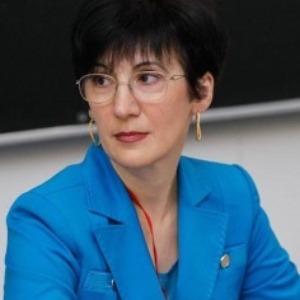
Irina Sergeeva
Novosibirsk State University, Russian Federation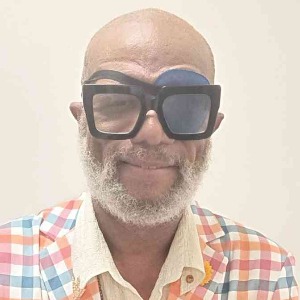
Dave Ray
Dave Ray Enterprises., United States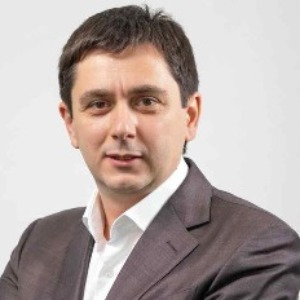
George Sulamanidze
Plastic Surgeon at Clinic of Plastic and Aesthetic Surgery and Cosmetology TOTALCharm, Georgia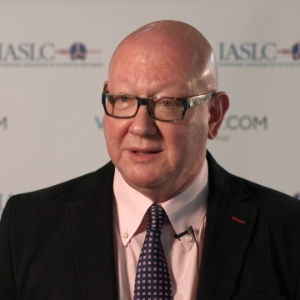
Sergei A Grando
University of California Irvine, United States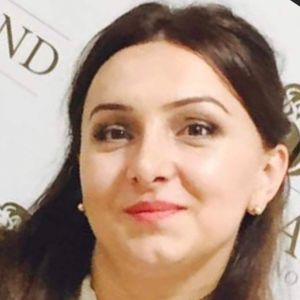
Nino Tsamalaidze
Ltd Karabadini+, Georgia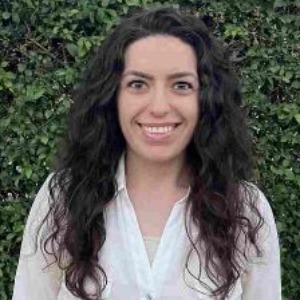
Lina Petrossian
California University of Science and Medicine, United States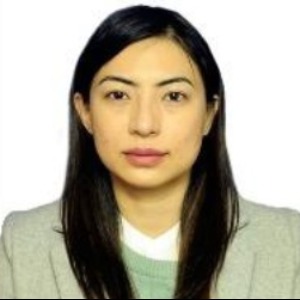
Surajbala Khuraijam
Manipur Health Services, India
Shrutimita Pokhariyal
Symbio, India
Yasser Mohammed Hassanain Elsayed
Egyptian Ministry of Health, Egypt



Title : Paraneoplastic Autoimmune Multiorgan Syndrome or PAMS: Paraneoplastic pemphigus revisited
Sergei A Grando, University of California Irvine, United States
Title : Modern non-invasive methods for in vivo assessment of skin
Georgios N Stamatas, SGS, France
Title : Personalized and precision dermatology through the view of biodesign-inspired translational & data-driven applications: Revolutionary skin treatments for every concern in clinical dermatology integrating skin care experts and consumers
Sergey Suchkov, N.D. Zelinskii Institute for Organic Chemistry of the Russian Academy of Sciences, Russian Federation
Title : The next generation of threads: Lifting, volumization, and biostimulation in one powerful triple action
George Sulamanidze, Plastic Surgeon at Clinic of Plastic and Aesthetic Surgery and Cosmetology TOTALCharm, Georgia
Title : Lymphoproliferative diseases in the practice of a dermatologist
Irina Sergeeva, Novosibirsk State University, Russian Federation
Title : Art, skin, and dermatology: Interdisciplinary perspectives
Dechelette Corinne, La Peau Autrement, France
Title : Comparative efficacy of omalizumab and dupilumab in children with Chronic Spontaneous Urticaria (CSU): A retrospective cohort analysis
Molynna Nguyen, University of Toledo, United States
Title : "Mirror mirror on the skin” — A low-cost community strategy to reduce melanoma disparities in Washington, D.C.
Kayla Sampson, Georgetown University School of Medicine, United States
Title : Vitiligo: Not just an aesthetic disorder
Mateja Starbek Zorko, University Medical centre Ljubljana, Slovenia
Title : Personalized and Precision Medicine as a unique avenue to have the healthcare model renewed to secure the national biosafety: Advanced skincare solutions in individualized cosmetology, reconstructive plastic surgery and the modern beauty
Sergey Suchkov, N.D. Zelinskii Institute for Organic Chemistry of the Russian Academy of Sciences, Russian Federation